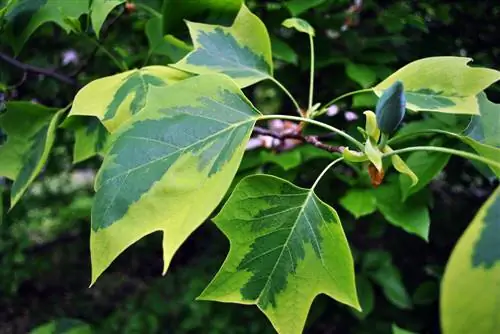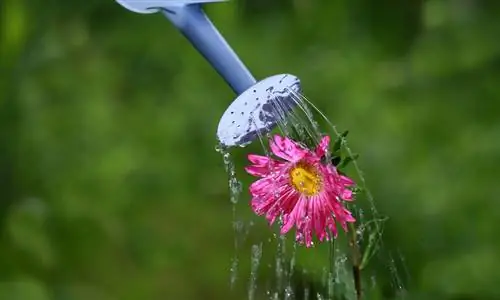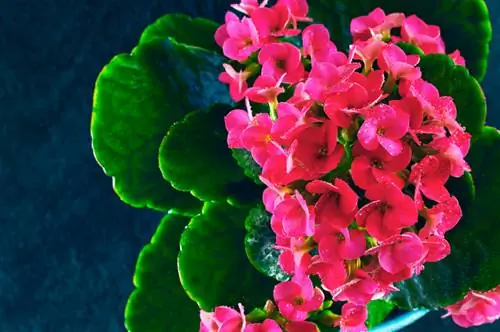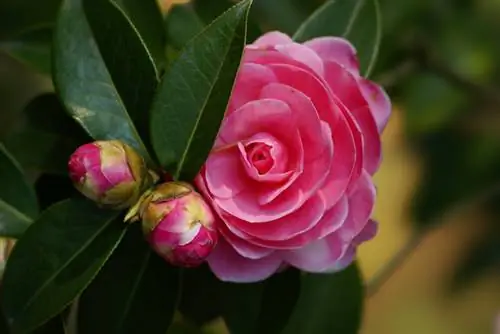- Author admin [email protected].
- Public 2023-12-16 16:46.
- Last modified 2025-01-23 11:21.
Some plants are content with nutrient-poor soil and thrive there, while others have a high nutrient requirement and rely on so-called good soil and the addition of fertilizer. The tulip tree belongs to the second group.
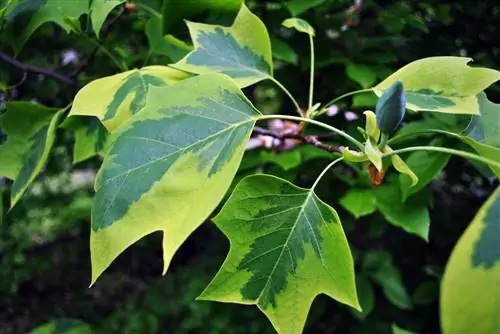
How should you properly fertilize a tulip tree?
When fertilizing a tulip tree, you can either spread a mixture of compost and leaves generously around the trunk once a year in spring or use a phosphorus-containing fertilizer, such as rhododendron fertilizer, every four weeks from March to fall. No fertilizer is required in winter.
How often should I fertilize my tulip tree?
The size of the respective fertilizer application and the frequency of application depends on the way you fertilize and the size of your tulip tree. For example, you can generously spread a mixture of well-rotted compost and leaves around the trunk of your tulip tree each spring. The amount is then enough for the whole year.
Alternatively, give your tulip tree a portion of fertilizer for acidic soil (€8.00 on Amazon), for example special rhododendron fertilizer or other phosphorus-containing fertilizer, about every four weeks. In this case, fertilize from around March or April until autumn. Which option you choose depends on your preferences and the intensity of your gardening.
Do I have to fertilize my tulip tree in winter?
Your tulip tree does not need fertilizer in winter. If it has shed its leaves, pause fertilizing until spring when the tree sprouts again. From around March you can take care of the tree again as usual.
How does a nutrient deficiency affect the tulip tree?
If your tulip tree is in a rather poor and dry location, then it depends on additional fertilizer and at least occasional watering so that it can grow and thrive well. Otherwise it will remain smaller than is natural and may also be more susceptible to pests and diseases. In addition, a nutrient deficiency has a negative effect on the ability of your tulip tree to bloom.
The most important fertilizer tips in brief:
- first fertilizer application when planting: compost in the planting hole
- ideal: add ripe compost regularly in spring, mixed with leaves
- alternatively use rhododendron fertilizer
- Fertilizing period: spring to autumn
- do not use lime-containing fertilizer or rock dust
- Nutrient deficiency affects growth and flowering
Tip
The tulip tree does not like very calcareous soil. Therefore, avoid adding rock dust or other calcareous fertilizers.

